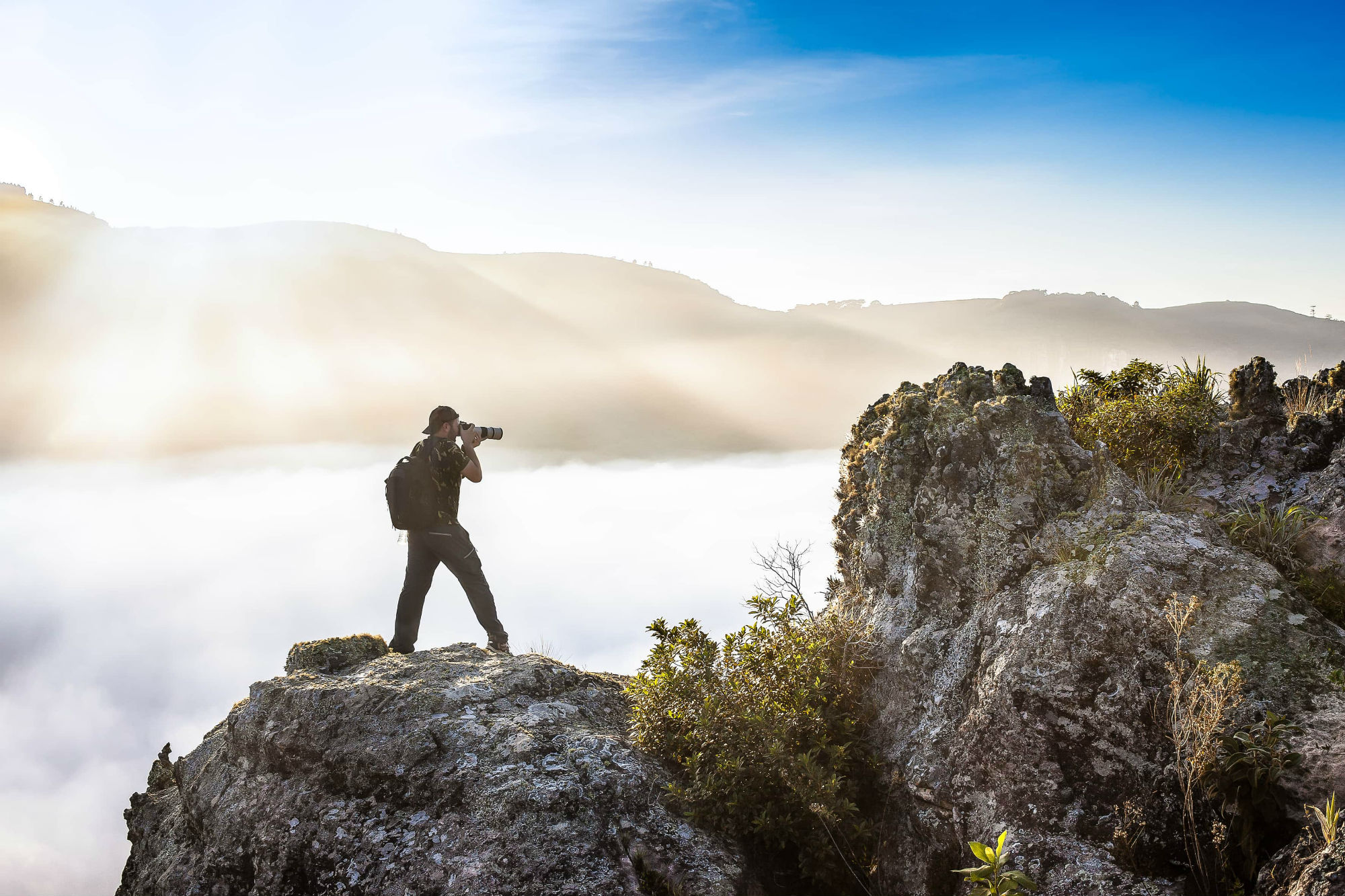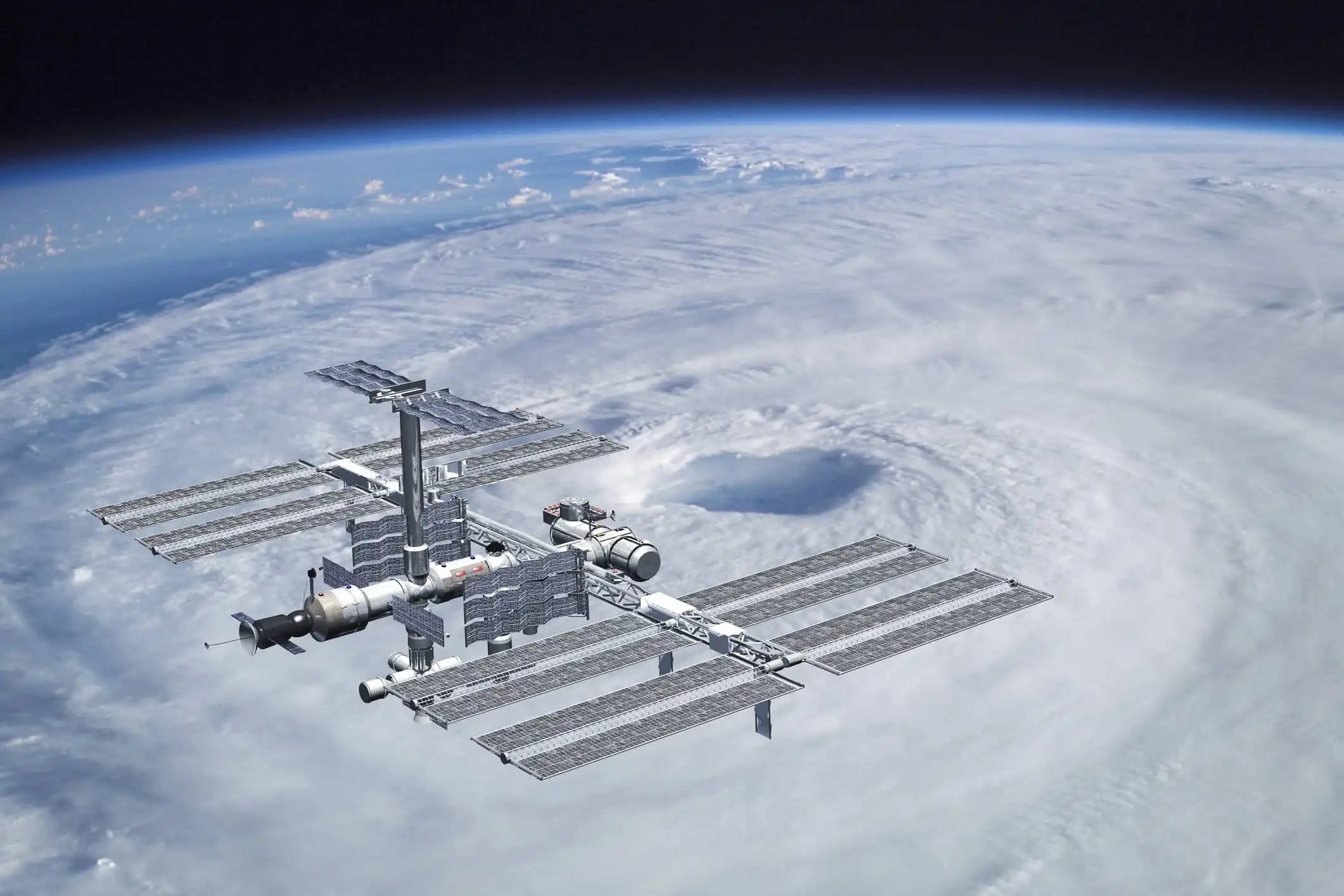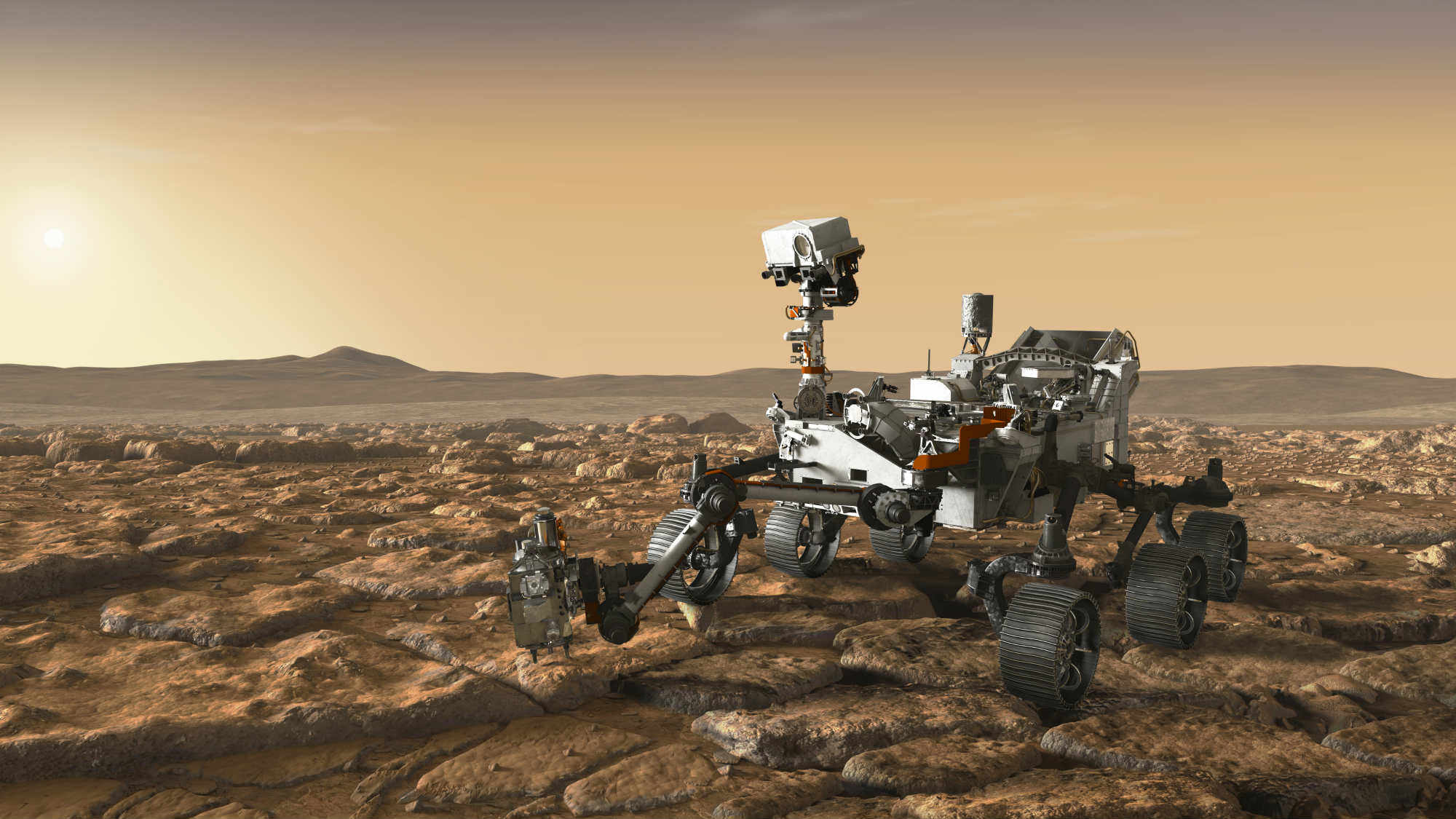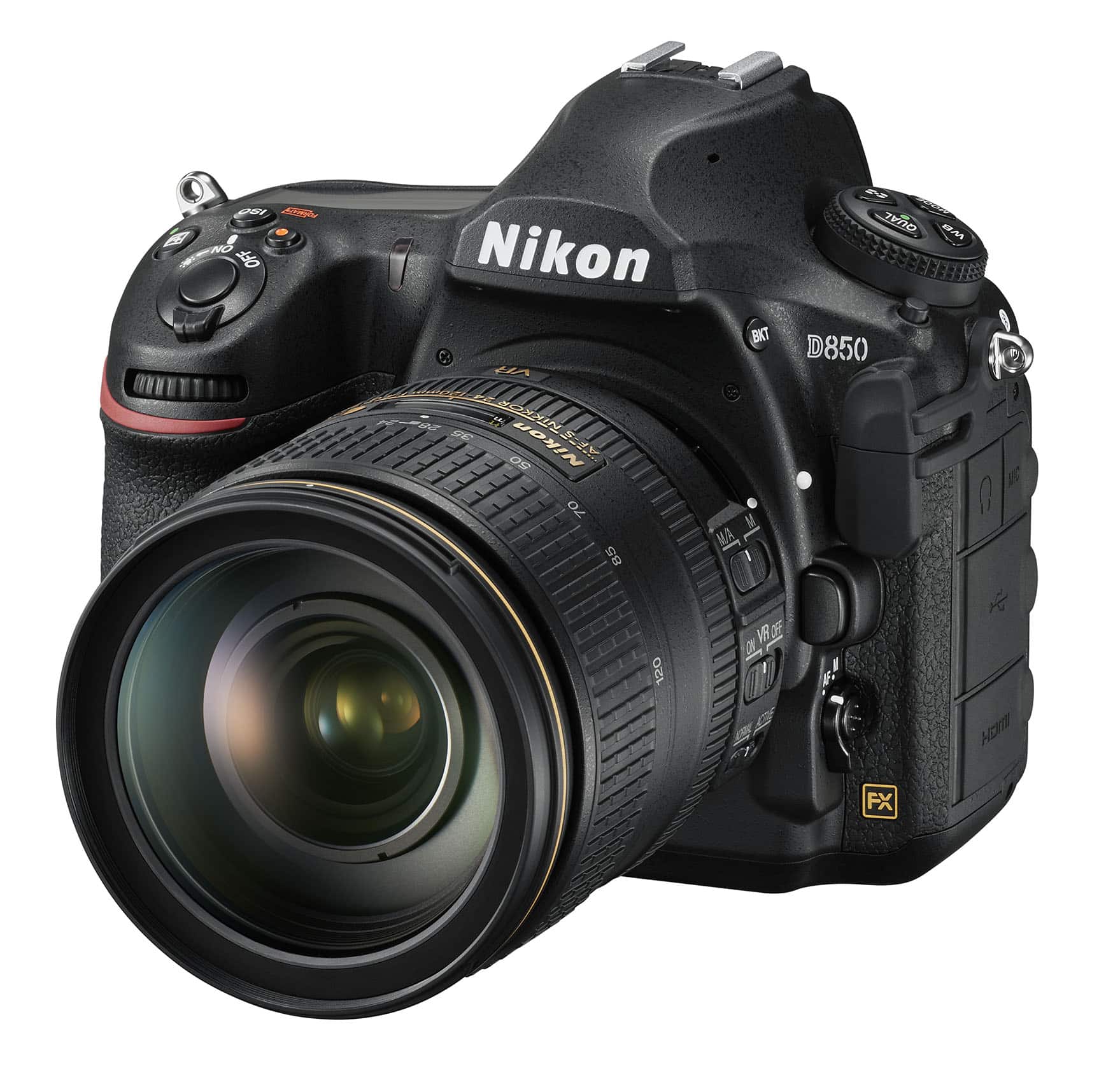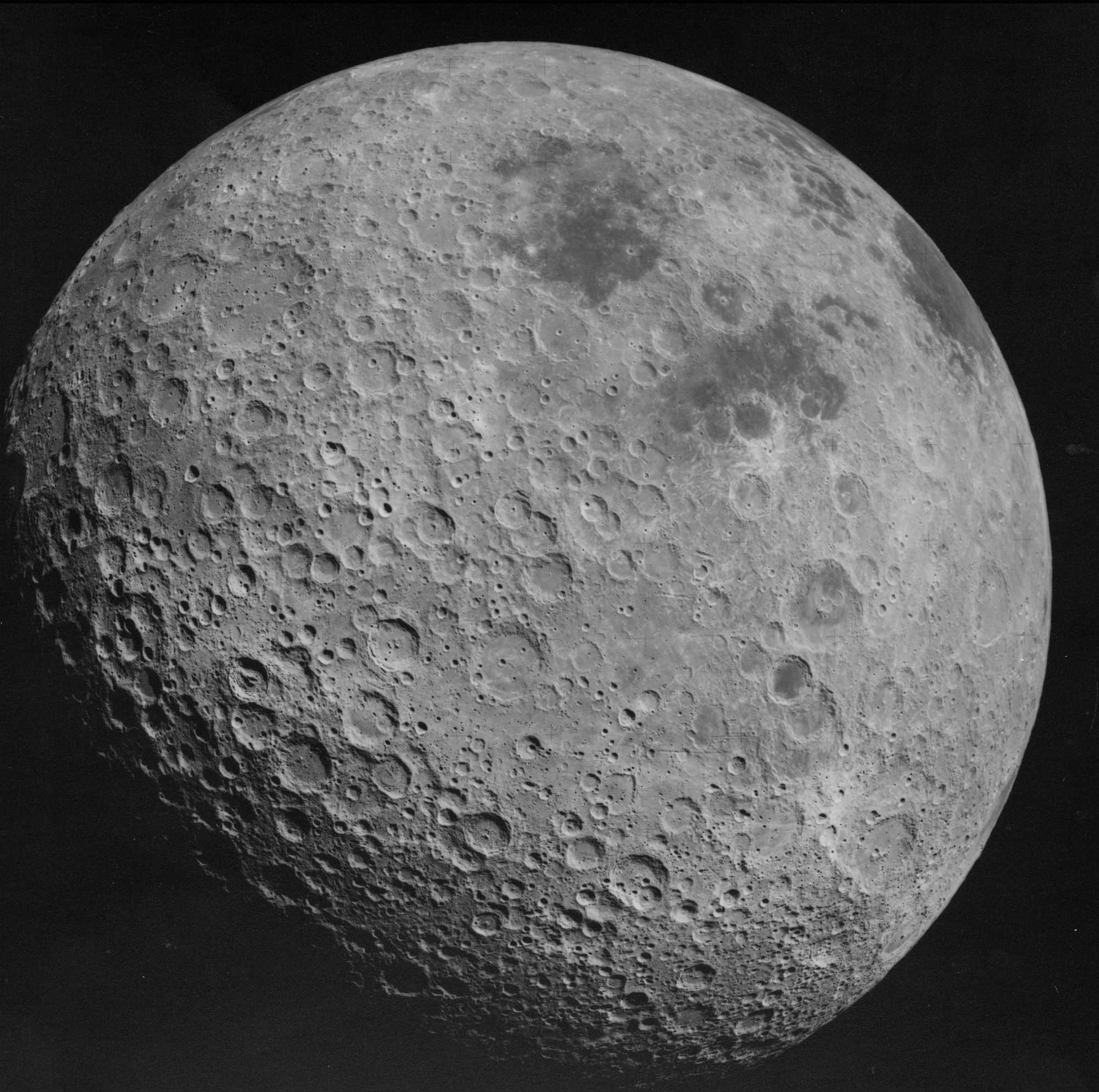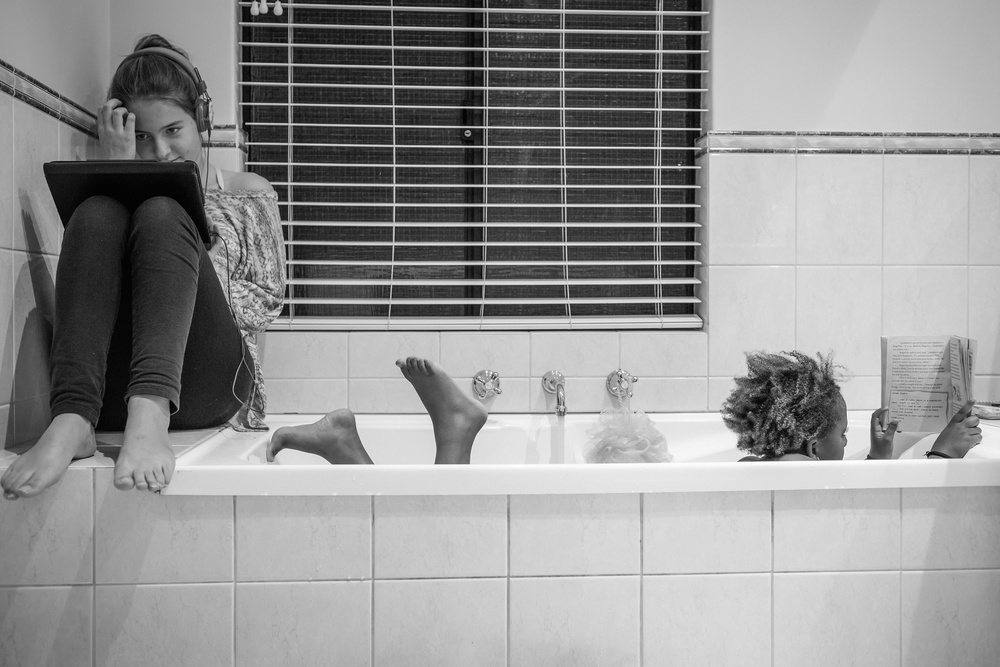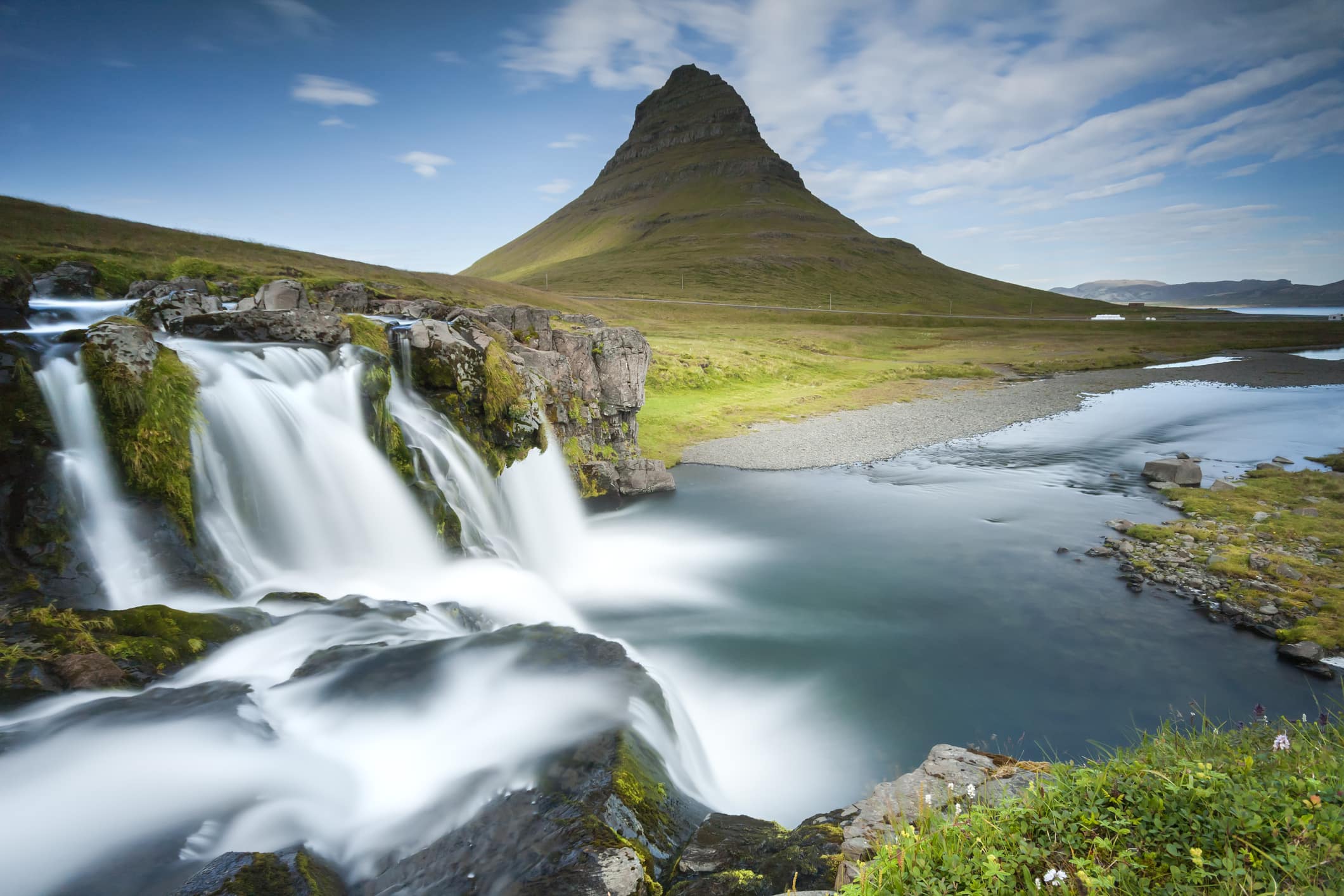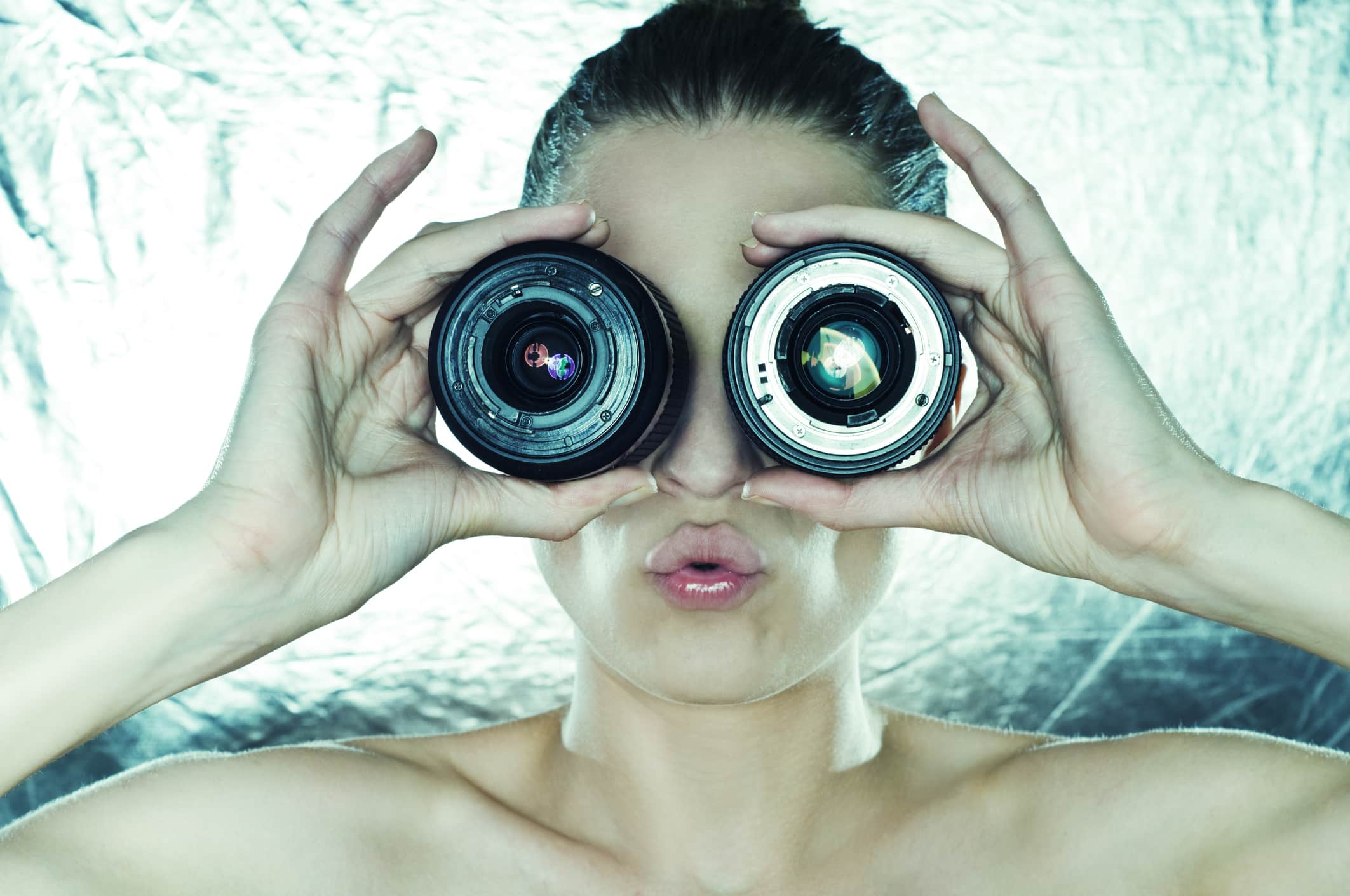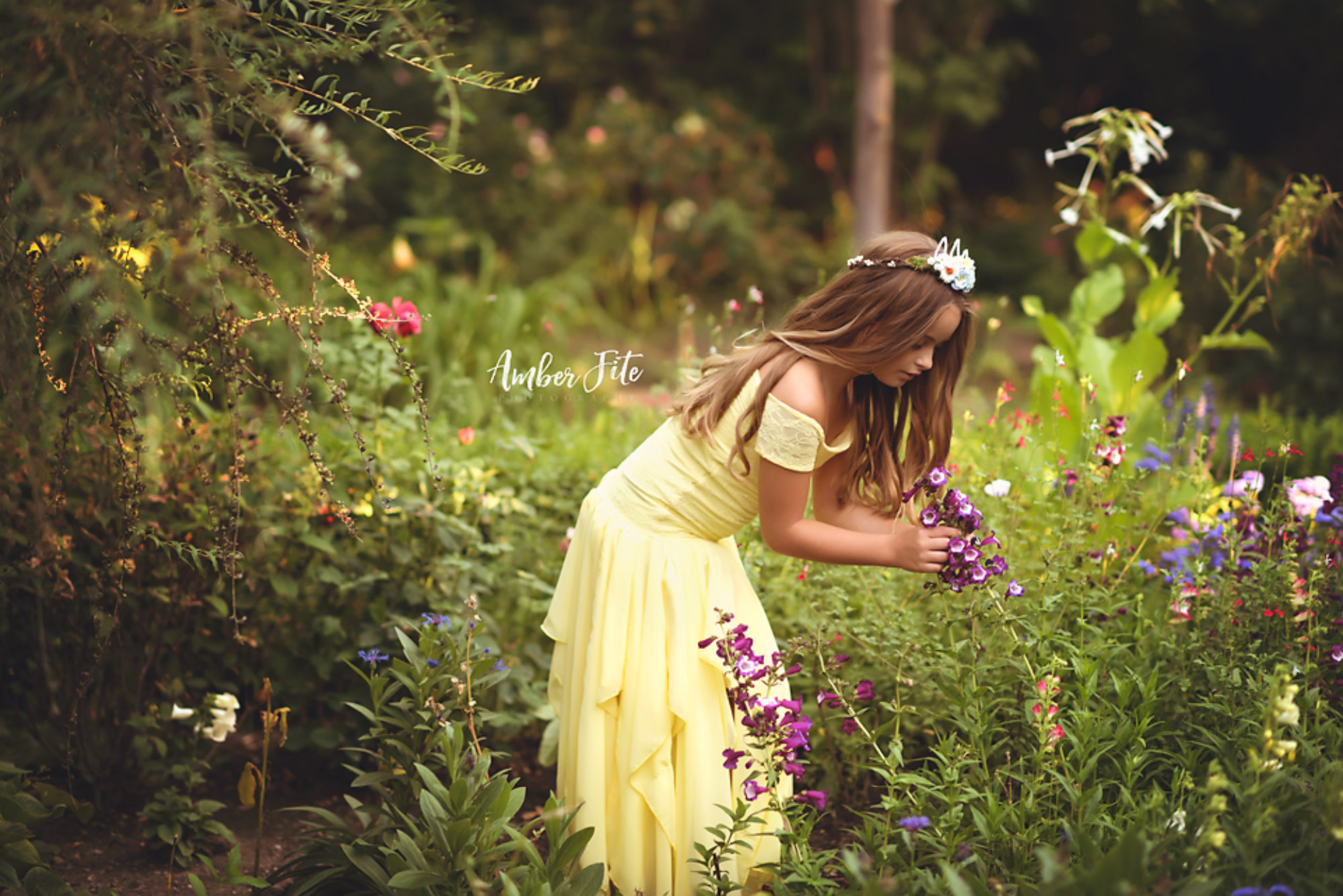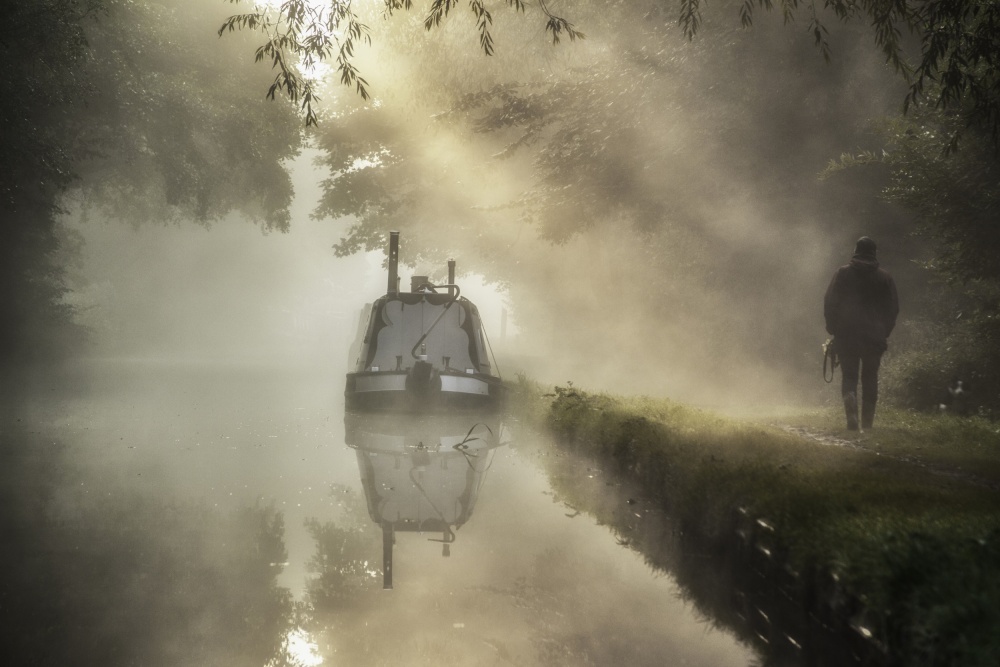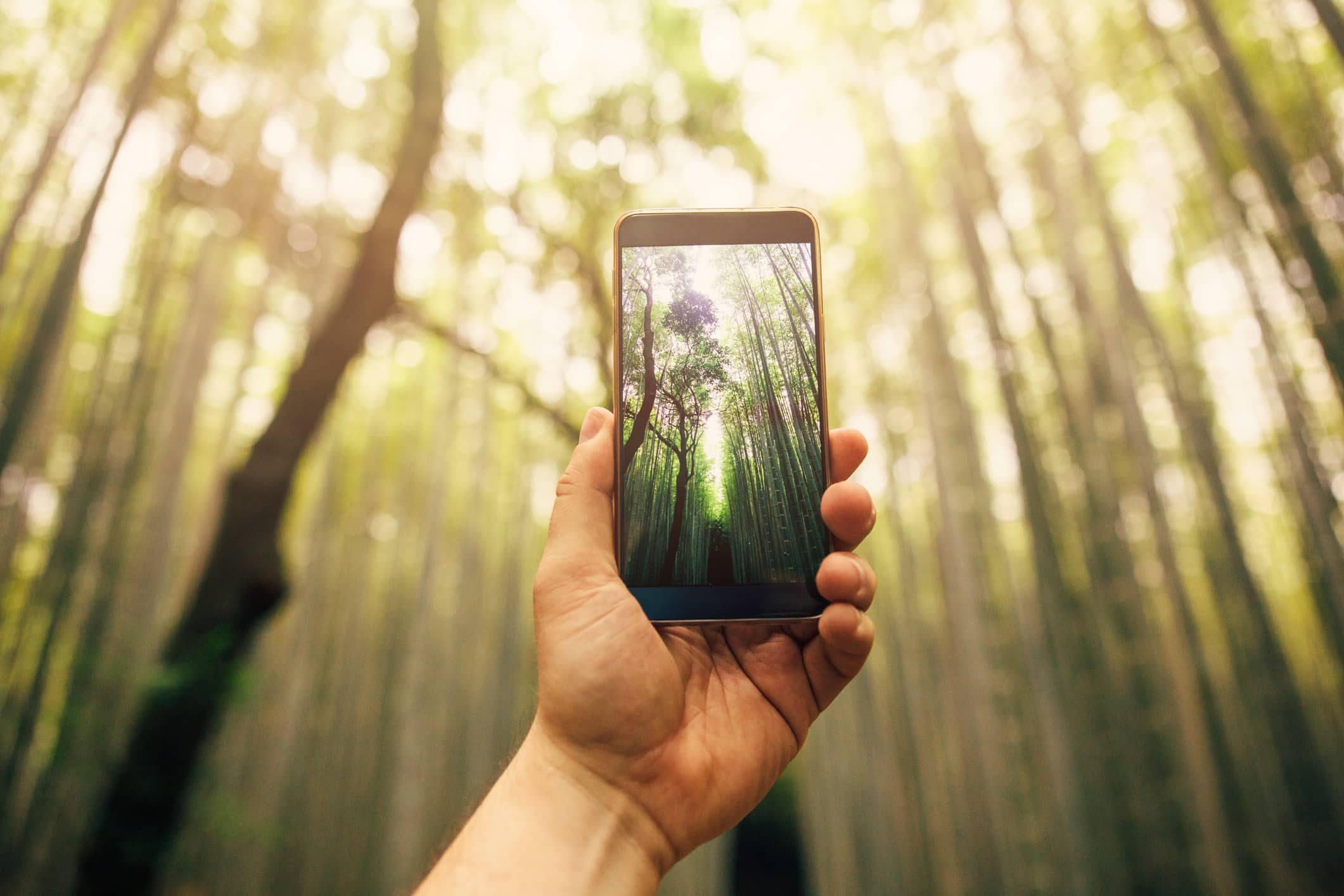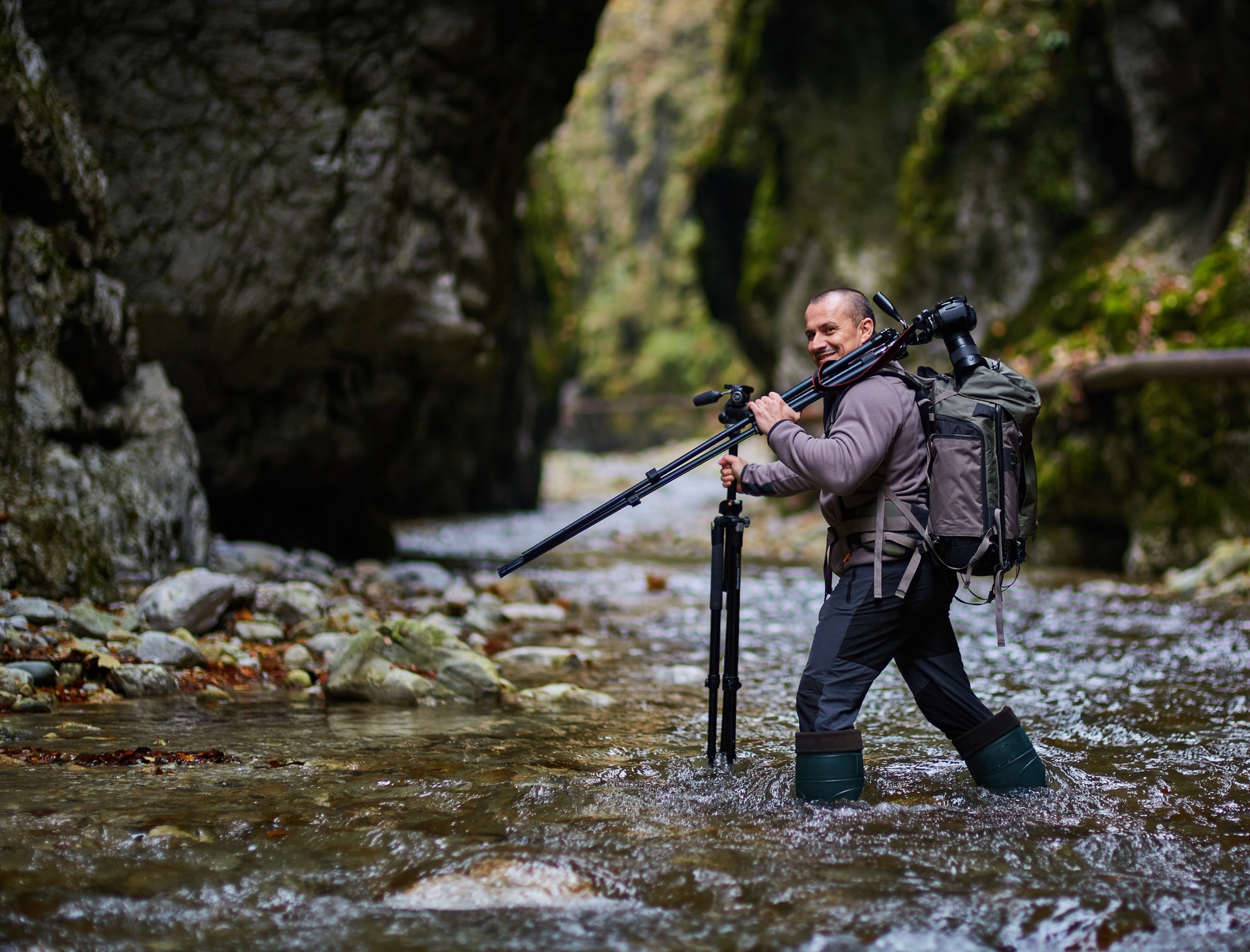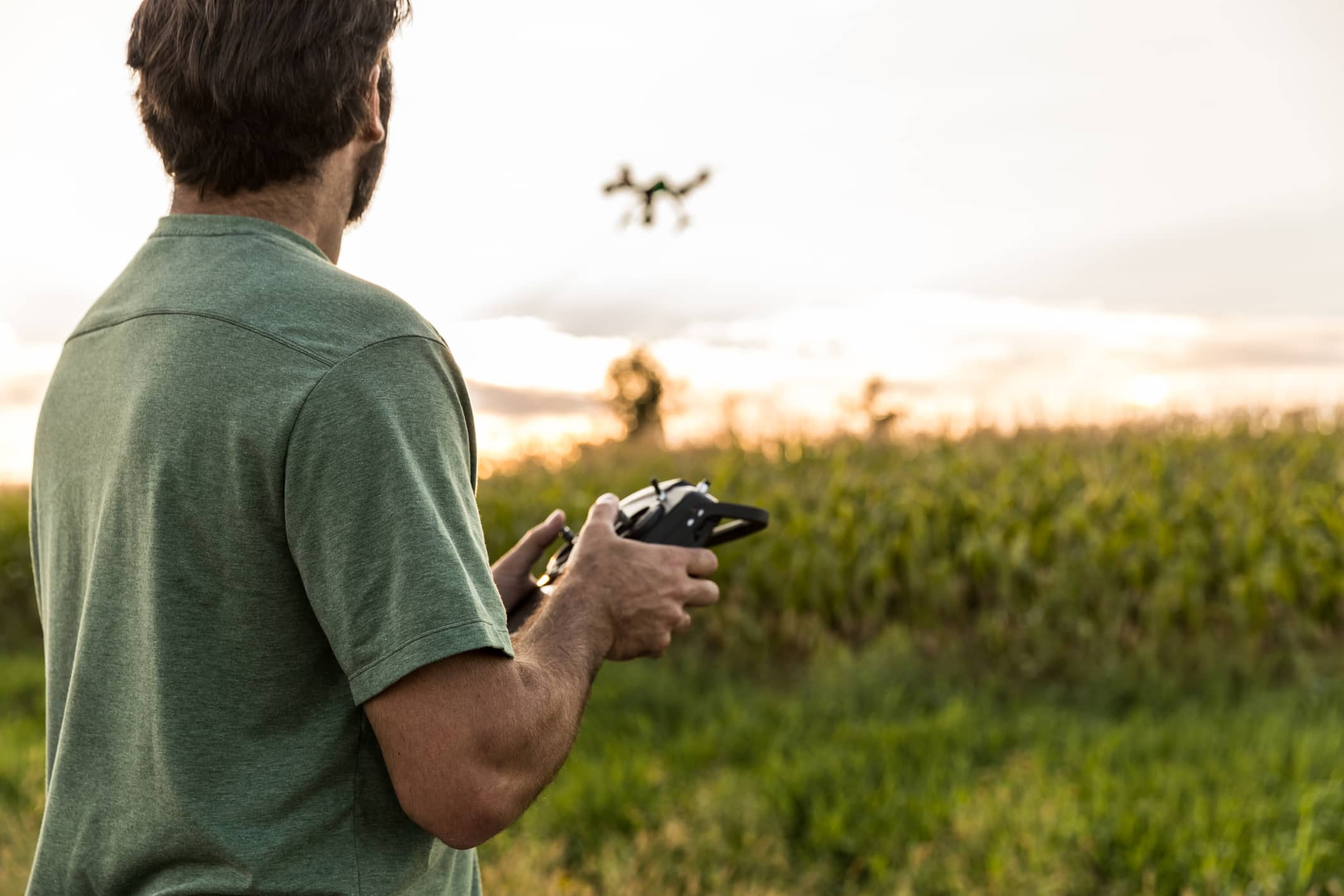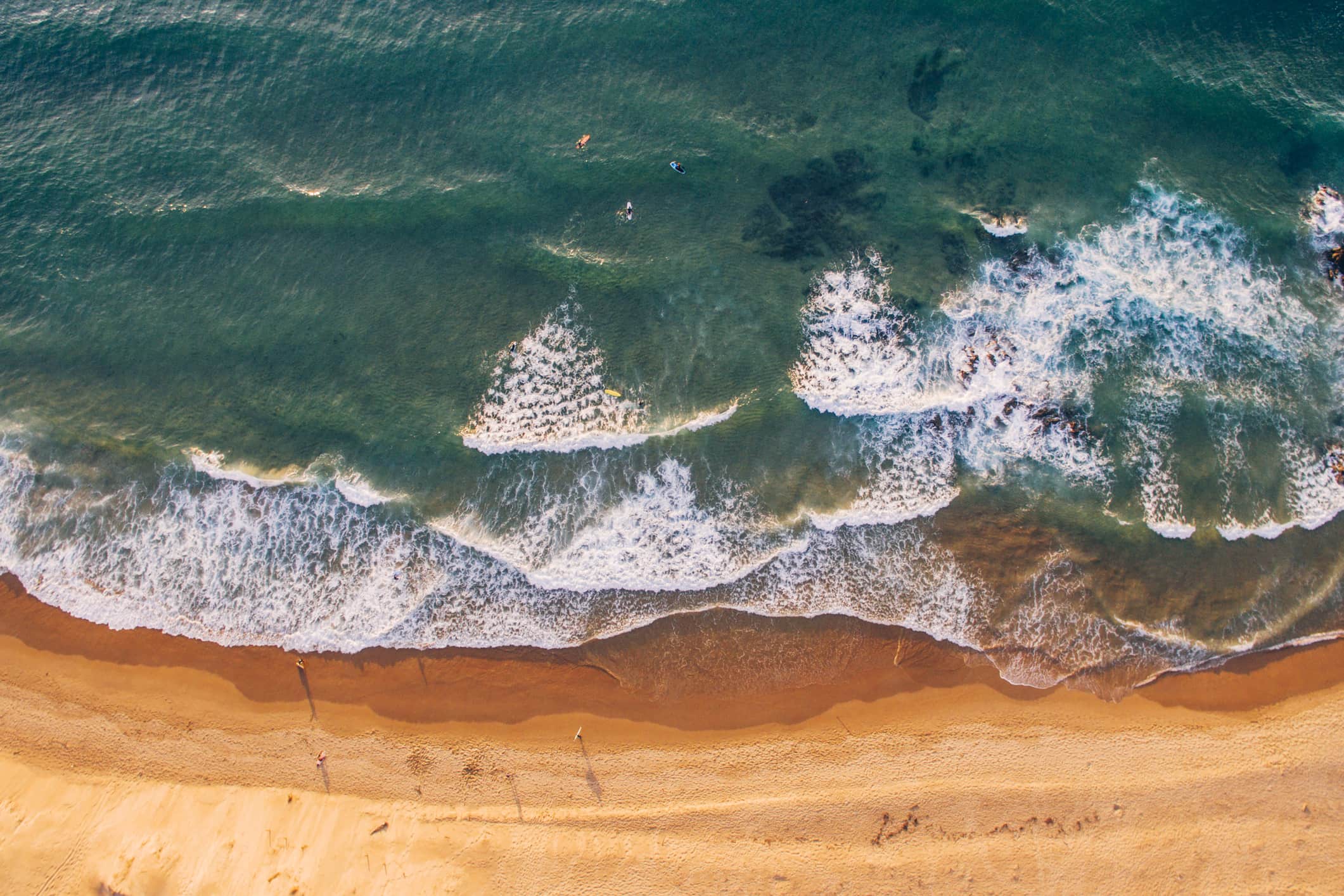Tips & Tricks
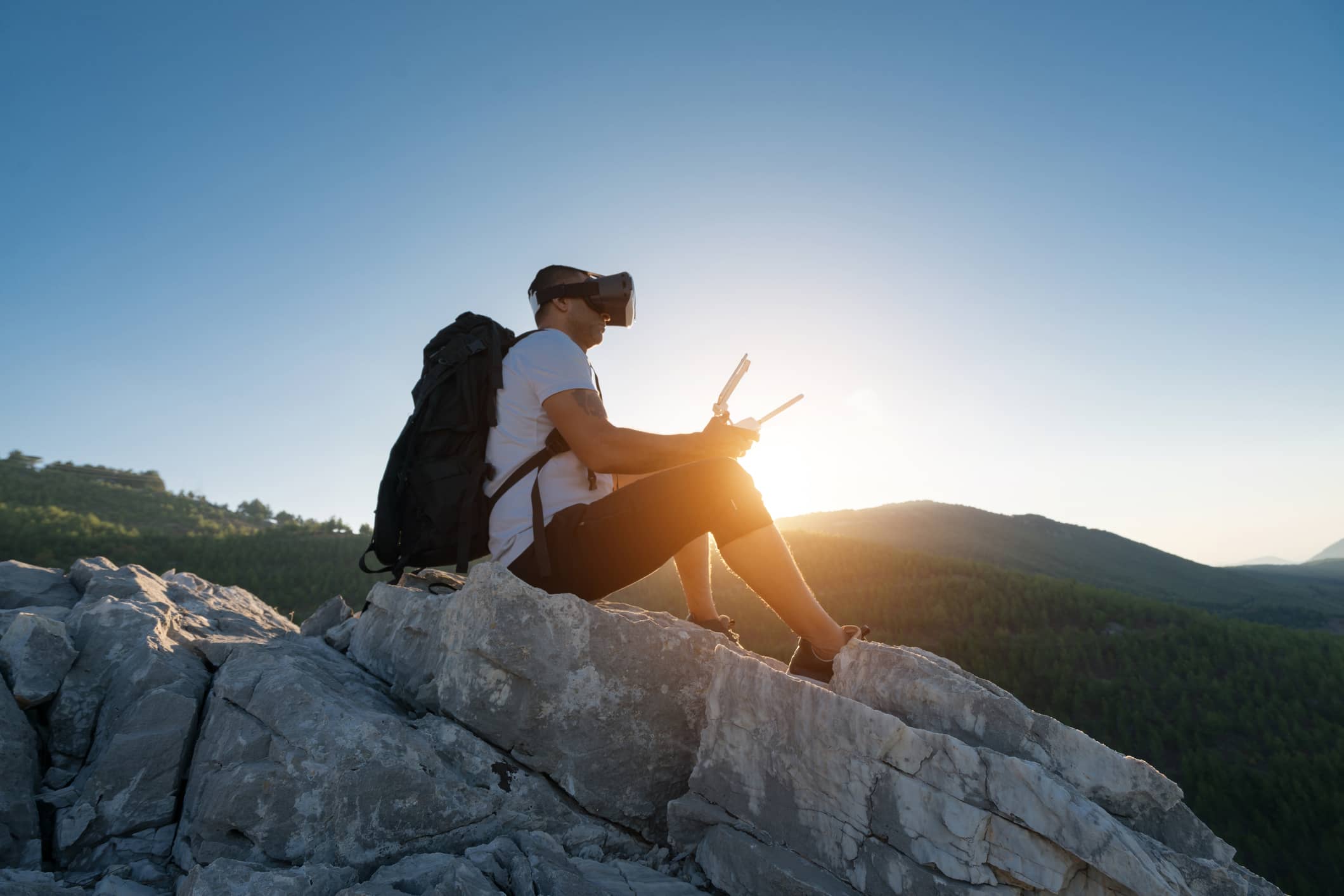
8 Do's and Don'ts When Flying a Drone
Photography Talk
Using a drone for photography and videography is becoming increasingly popular. But that also means that there are more drones in the air than ever before.
That crowded airspace requires a safety-first mentality when flying a drone to ensure your safety and the safety of others.
In this article, I present a few crucial do's and don'ts so you can fly safely.
Editor's Note: If you're in the market for a drone, I recommend DJI drones. DJI drones are on the cutting-edge of technology, with systems that make takeoff, landing, and flying safer than ever before. Their drones, like the DJI Spark, can even be controlled using hand gestures, track moving subjects from the front, back or sides, and avoid obstacles in flight. For more details about DJI drones, visit Drone World.
DO Fly in Open Areas
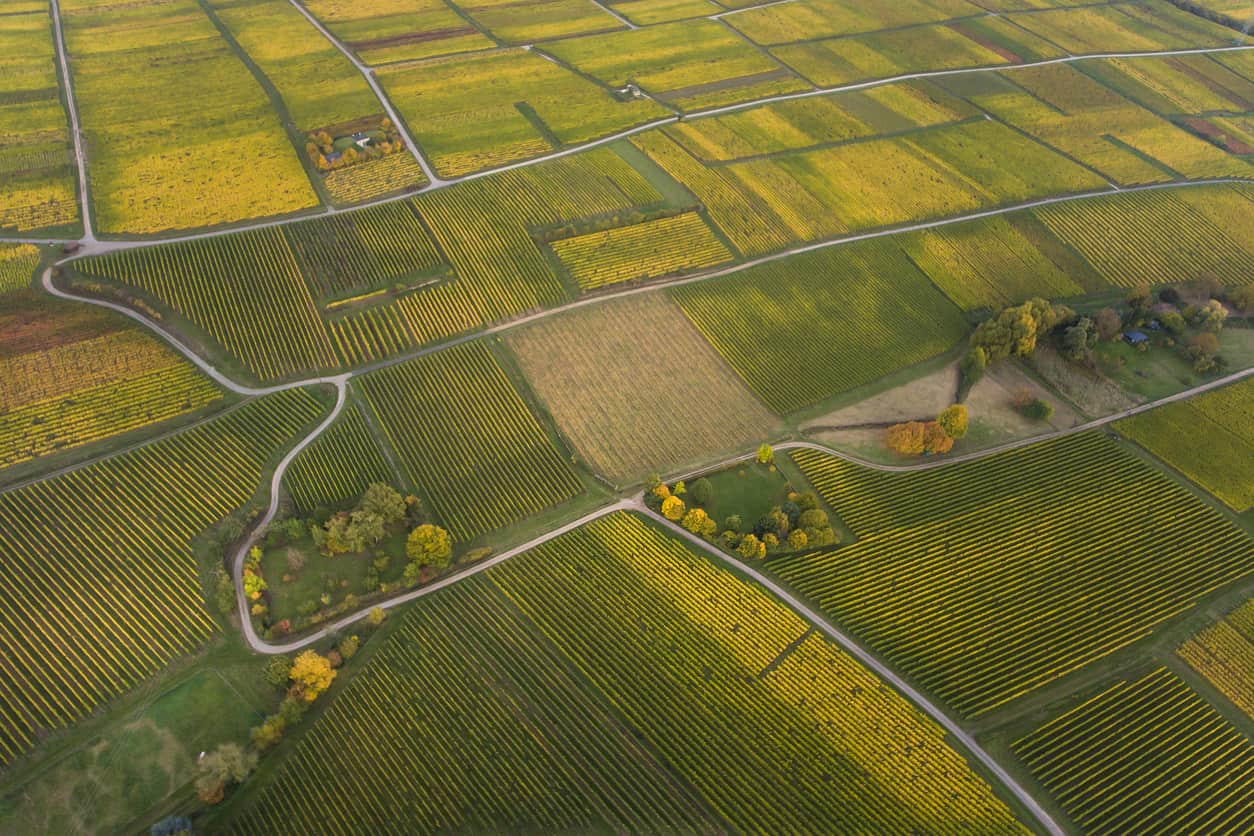
A nice, open area to fly your drone is ideal.
Not only do you avoid obstacles, but you can also maintain line of sight with your drone as you fly.
Be sure that the open area you choose isn't restricted airspace, like near an airport, a military base or in a national park.
Needless to say, those areas are off-limits for a reason, and breaking the no-fly rule in those areas can have serious consequence.
DON'T Fly Over People or Homes
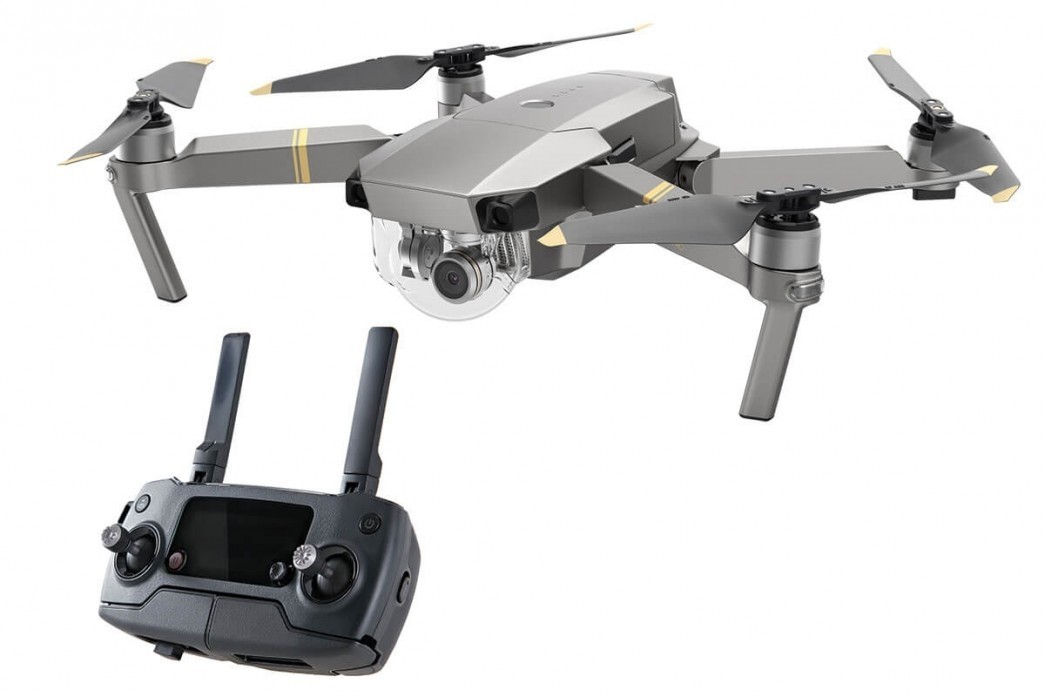
Avoid flying over people and buildings at all costs.
A drone falling from the sky, can cause serious injury and even death, whether it be from mechanical malfunction, weather-related issues or even sabotage (you've seen videos of people shooting down drones, right?). Drones can also cause major damage to buildings and vehicles; an experience that even seasoned pilots encounter.
Some drones, like the DJI Mavic Pro Platinum shown above, come with an obstacles avoidance system that detects obstacles up to 49 feet away. Though that's excellent peace of mind, it's still prudent to stay away from other people and their homes.
Unless you have express permission to fly over private property, avoid it altogether. If something goes wrong, it can go wrong quickly, and you could be responsible for damages. Ultimately it is best to be respectful of people's privacy - not everyone wants a drone flying over their home!
DO Defer to Other Aircraft
FAA regulations require that you keep your drone at an altitude of 400 feet or less.
If you go above that, you run the risk of encountering other air traffic.
When flying, maintain awareness of the airspace in your vicinity. If you see or hear other aircraft, defer to them and allow them to continue on their flight path.
Remember - you can much more easily see an airplane than the pilot of that aircraft can see your drone. It's your responsibility to make sure the airspace around you is safe.
If you're in the United Kingdom, be sure to check out the video above from Park Cameras for more details about how, when, and where you can fly your drone in UK airspace.
DON'T Fly When the Battery is Low
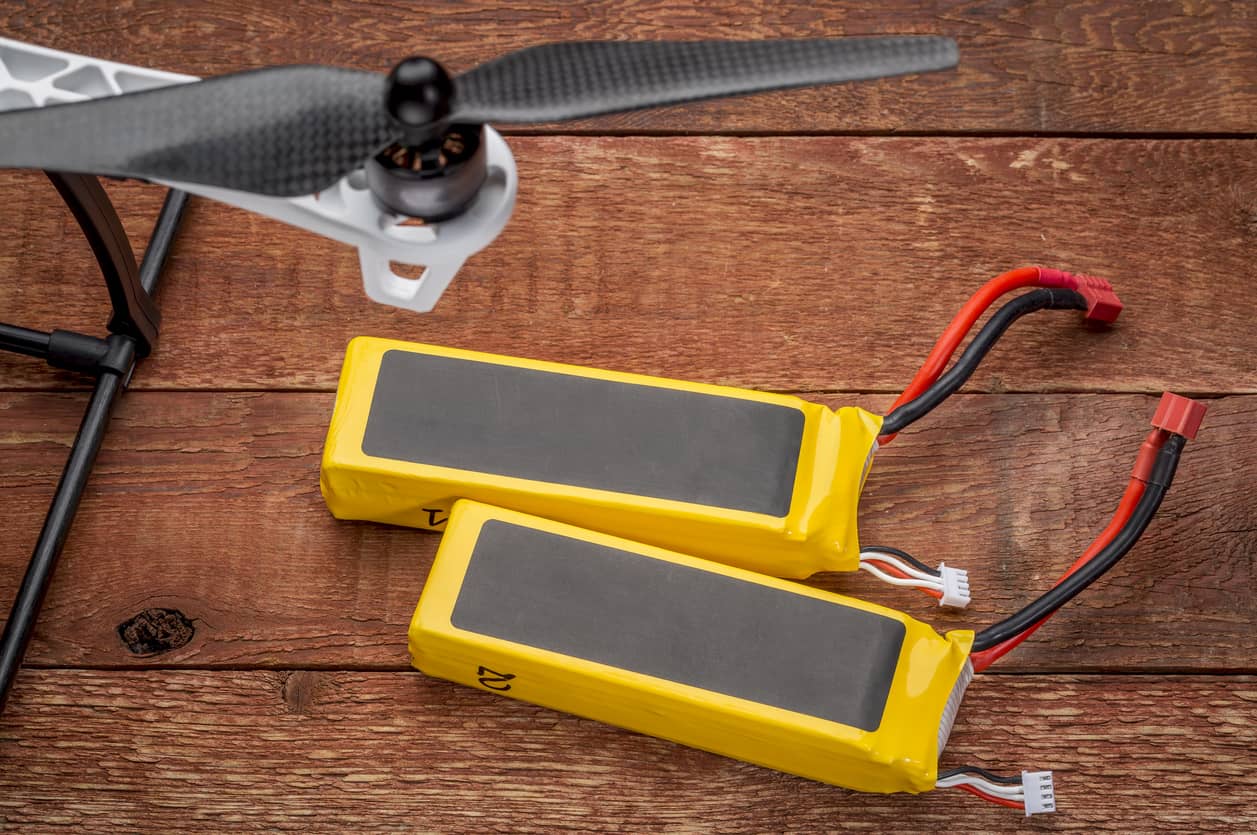
Flying your drone when the battery is low is just asking for trouble.
Your drone needs battery power to stay aloft, and if you run out of juice, it could fall out of the sky, injure someone or cause property damage.
Keep an eye out for your drone's low battery warning so you know when it's time to bring it home or to land immediately.
Learn More:
DO Avoid Poor Weather Conditions
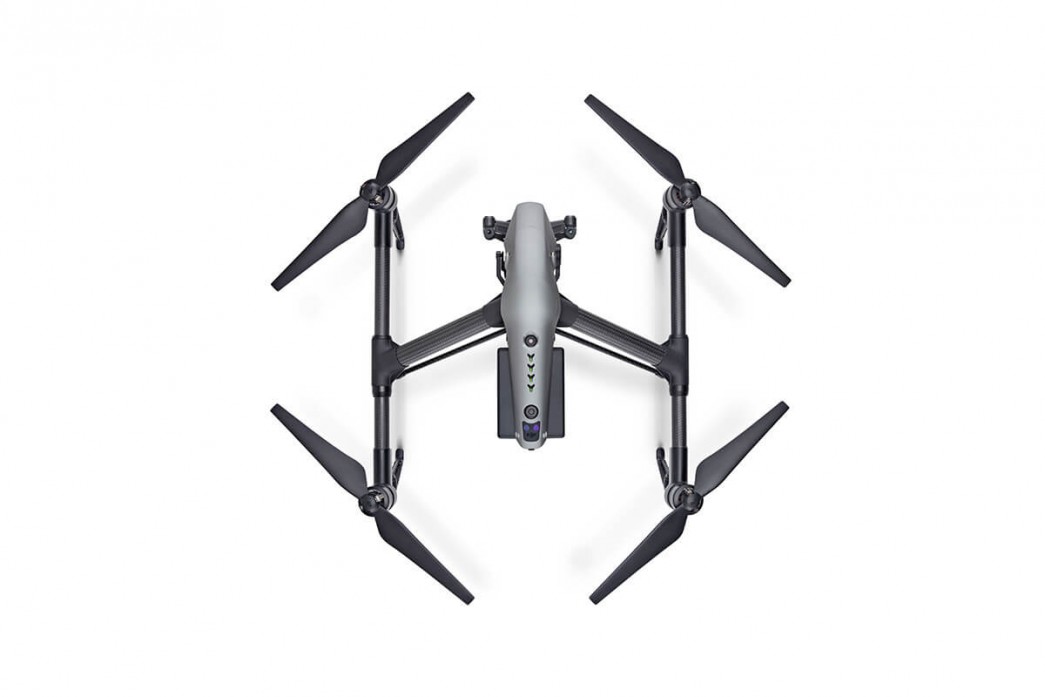
Though some drones like the DJI Inspire 2 (shown above) come with a self-heating system for flying in the cold, avoiding adverse weather conditions is a good rule of thumb. Inclement weather to avoid includes rain, snow, sleet, hail, lightning, and certainly strong winds.
Each of these weather events makes flying much more difficult, and negatively impacts the performance of the drone too.
Just like you have to take extra caution when driving your car in bad weather, the same caution should be exercised when deciding if it's okay to fly your drone.
DON'T Fly Under the Influence
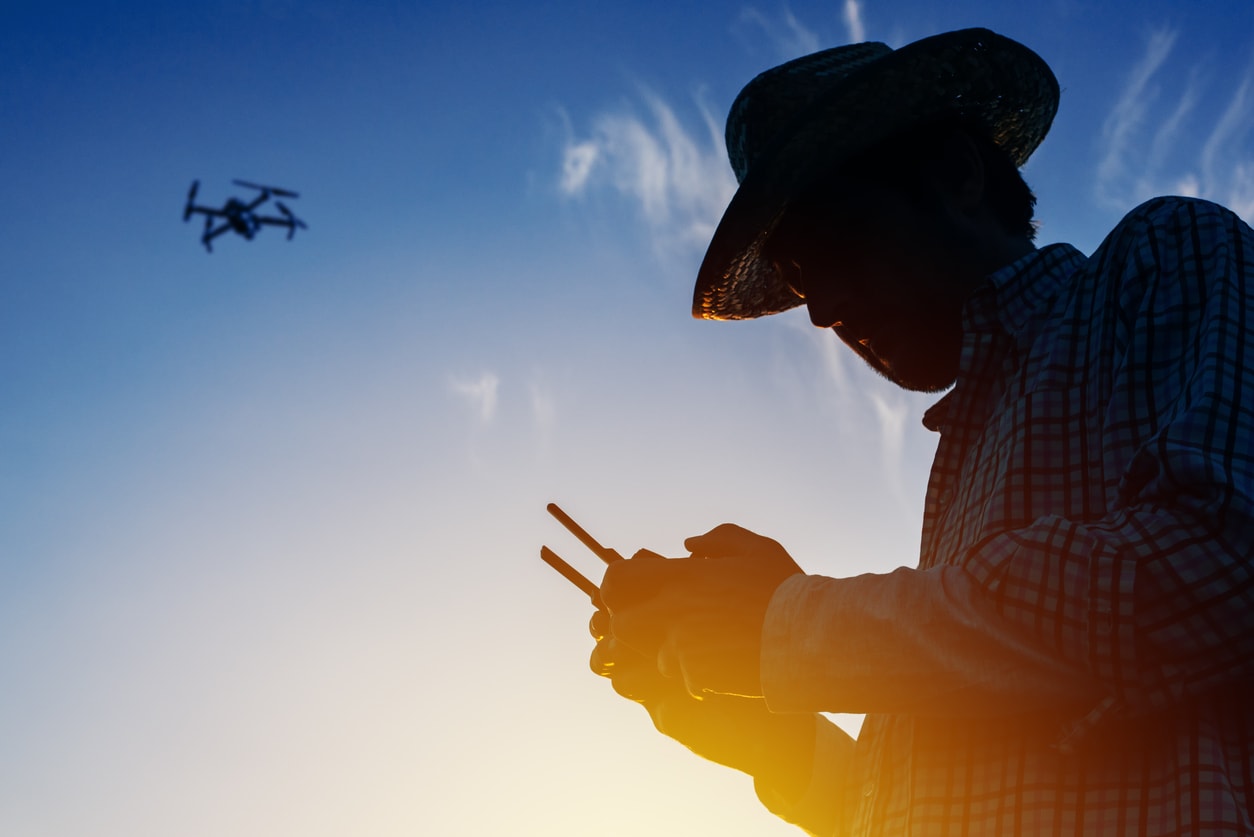
Flying a drone under the influence of alcohol or drugs is a recipe for disaster. Under no circumstances should you attempt to fly when in an altered mental state.
Your ability to maintain line of sight with your drone - let alone pilot effectively - will be significantly reduced if you fly while impaired.
Be smart: only fly when you are physically and mentally capable of doing so in a safe manner.
DO Ensure the Compass is Calibrated and the GPS Signal is Strong
Before you take flight, make sure its compass is properly calibrated.
While in flight, avoid strong magnetic fields that emanate from certain structures, like steel-reinforced buildings.
Likewise, if you aren't picking up a strong GPS signal, don't take flight.
Our friends at DJI recommend flying with a signal from at least 10 GPS satellites and at least four bars of GPS signal for optimum safety.
For additional details on rules and regulations about flying drones in U.S. airspace, check out the video above by Sterling Ralph.
DON'T Answer Your Phone While Flying
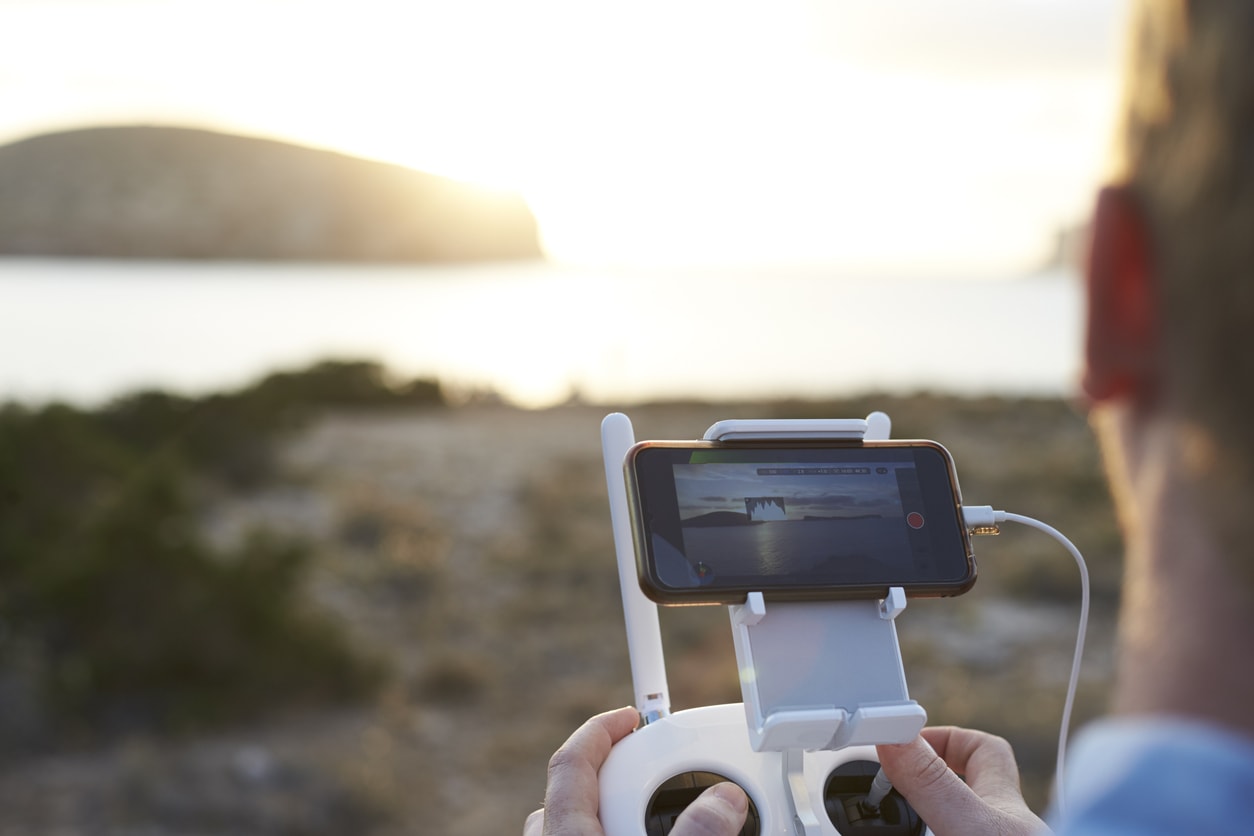
Talking or texting on the phone are illegal driving a car, and for good reason.
These activities distract you from the task at hand and increase the likelihood of an accident.
For the same reasons, you should never answer your phone while flying a drone.
Remember, flying a drone isn't just a fun activity - it's a huge responsibility that requires you to be alert, attentive, and respectful of others around you.


